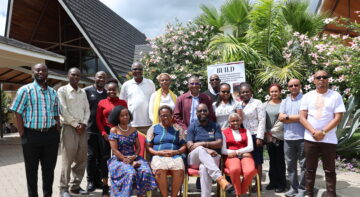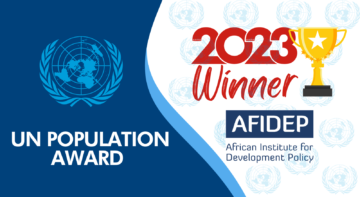News

Kenya is characterised by a rapidly growing population, rapid urbanisation and growing urban poverty, water scarcity, falling food production and low resilience to climate change. The combined effects of climate change and rapid population growth are increasing food insecurity, environmental degradation and poverty levels in Kenya.
Kenya has been a pioneer in instituting policies and programmes to address population challenges. The country was also among the first in setting up a climate change response strategy.
The 2013-2017 implementation plan for the country’s development blueprint, the Vision 2030, has identified population dynamics and climate change among key priorities. However, the two issues are not strongly linked in current policies and intervention programmes for addressing them are implemented separately.
Addressing population growth and climate change together should be a top development priority if Kenya is to achieve sustainable development. In order to enhance integrated responses, the government of Kenya, donors and programme implementers should harmonise roles of various climate change coordination entities, integrate population dynamics in all climate change policies and strategies (and vice versa), secure financial and other resources for climate change and population responses, and enhance local technical capacity in multidisciplinary programme design and research.
It is in this light that AFIDEP and Population Action International (PAI) are officially launching the, “Population Dynamics, Climate Change and Sustainable Development in Kenya report,’ on Thursday 22nd November, 2012 at the Southern Sun Mayfair Nairobi.
The report is based on a study that AFIDEP and PAI carried out in 2012 to assess the landscape for integrating the dual challenges of population and climate change in Kenyan policies and strategies.
The main objective of the study is to inform ongoing efforts to strengthen policy and programme responses to climate change and population challenges in the country. The Kenya study is part of a broader project that examines these across Sub-Saharan Africa, and assesses policy and programme frameworks guiding the responses in Kenya.
Like many other African countries, Kenya faces dual pressures from population dynamics and climate change that mutually undermine poverty alleviation, social development and economic growth efforts.
Understanding the linkages between population dynamics and climate change and their role in sustainable development is critical to helping local decision makers set priorities and make investments in sustainable development planning and implementation.
Related Posts





